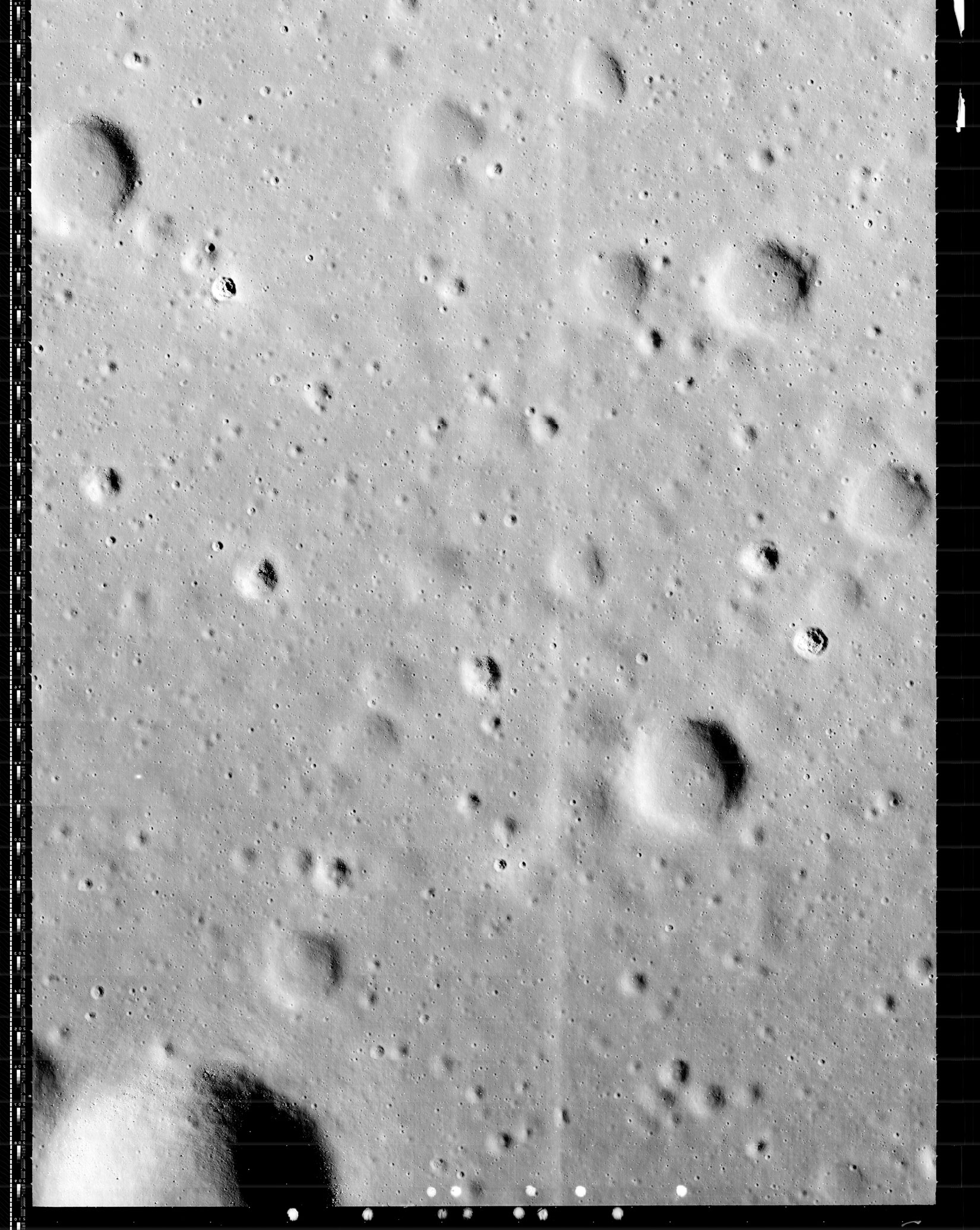
Ryo Ujiie, ispace's chief technology officer, told reporters he partially blamed ispace's mission parameters and other settings for the glitch of the software, which was provided by U.S.
LUNAR ORBITER 1 SOFTWARE
Photos of debris and an impact crater at the Hakuto-R's intended landing site were released this week by NASA, which scanned the area with its Lunar Reconnaissance Orbiter.Īn ispace investigation showed that after the vehicle passed over a large lunar cliff, a sensor software glitch caused a discrepancy between its actual and expected altitude, and after its fuel ran out, it plummeted the last 5 kilometres (3 miles) to the moon's surface. They crashed to below 800 yen after the Hakuto-R's failure, but have since recovered, last trading at 1,748 yen ($12.94). Shares in ispace surged as high as 2,373 yen, more than 9 times their IPO price, in the days following their debut. But during the final landing phase in the early hours of April 26, ispace lost contact with the craft. NASA has relied on Elon Musk's SpaceX to carry many of its payloads into orbit, and last week the agency awarded a lunar lander contract to a team led by Jeff Bezos' Blue Origin.Īfter launching its Hakuto-R lander aboard a SpaceX rocket with much fanfare in December, ispace shares made a blistering debut on the Tokyo Stock Exchange in April.

Whereas national space agencies dominated space exploration in decades past, numerous private players are competing in a new space race between the United States and its allies versus an increasingly ambitious China. "Through these two missions, it is very important for us to increase our knowledge as much as possible to achieve stable commercialisation in the future," ispace Chief Executive Takeshi Hakamada told reporters at the Japan National Press Club. Improvements would be made for the next two missions, ispace said. The national space agency in March had to destroy its new medium-lift H3 rocket after it reached space, and its solid-fuel Epsilon rocket failed after launch in October. The crash was the latest setback in Japan's space programme. Tokyo-based ispace lost connection with the Hakuto-R Mission 1 lander after the spacecraft attempted what would have been the world's first commercial soft-landing on the moon's surface. 24, 1946, a V-2 missile (a German missile) carrying a 35-millimetre motion picture camera took the first shots of Earth against the black vastness of space.TOKYO, May 26 (Reuters) - Japanese startup ispace inc's (9348.T) failed Hakuto-R moon landing mission last month was caused by an altitude miscalculation that meant the spacecraft ran out of fuel, the company said on Friday. In 1935, the Explorer II balloon was able to look at the spherical horizon of Earth by reaching an altitude of 13.7 miles (roughly 22 km). In Fact it was the first photo of Earth from the proximity of the moon. This figure, however, was not the first photo of our Earth. Reworked Image of the Earth which was taken by the Lunar Orbiter 1.( Image Credit: NASA / LOIRP) In 2008, the NASA Ames Research Center undertook the Lunar Orbiter Image Recovery Project and digitally enhanced it into a high-resolution image. Captured by the onboard Eastman Kodak camera, the picture had poor resolution.

The image displays the crescent of the Earth as it was shot just before the spacecraft was about to cross behind the moon. First for the Surveyor mission’s robotic spacecrafts and then ultimately for the Apollo mission of making human land on the Moon. It was sent to record smooth landing surfaces on the moon. The spacecraft was part of the Lunar Orbiter program to photograph the potential landing sites for the then upcoming Surveyor and Apollo missions. This was not a planned photoshoot but came unexpectedly while the spacecraft was on another assigned mission. The Lunar Orbiter 1 spacecraft took the photo in its 16th orbit and transmitted it to the NASA tracking station at Robledo De Chavela near Madrid, Spain. The Lunar orbiter 1 took the first photograph of Earth from the surrounding of Moon.(Image credit: NASA) The black & white hazy picture transmitted to Earth by Lunar Orbiter I became a reminder of how far humanity had advanced in such a short time. On this day, back in 1966 the world got to see the first view of Earth from the side of the Moon.


 0 kommentar(er)
0 kommentar(er)
